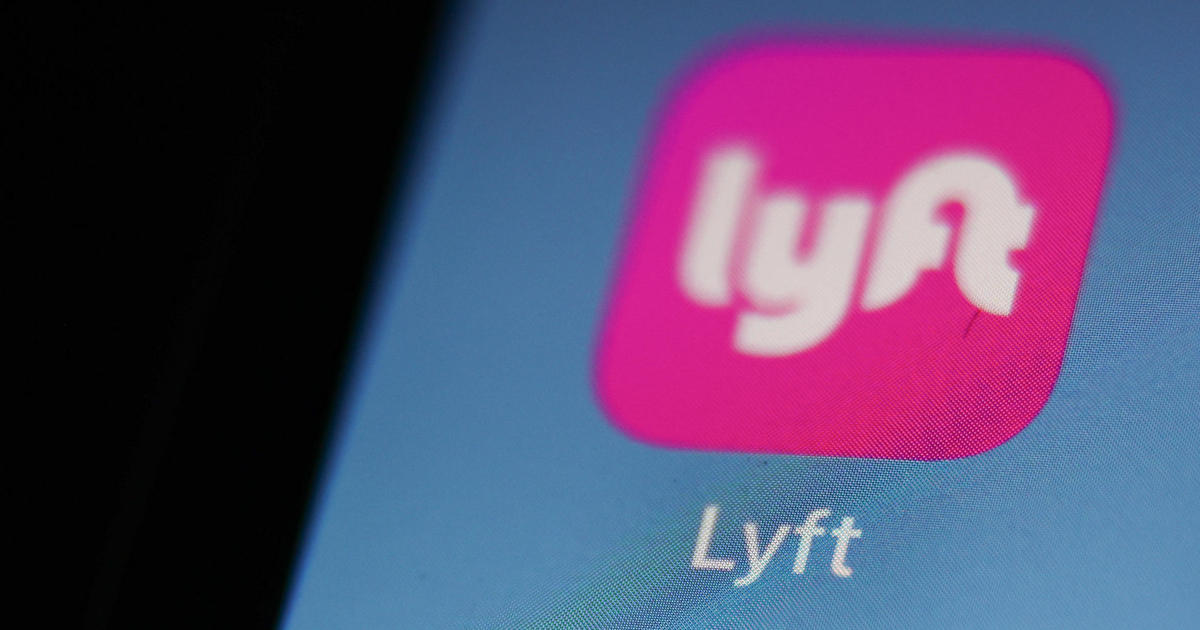Rideshare company Lyft this week said it’s giving customers a “crazy” way to avoid a common feature of ride-hailing apps that can turn many riders off — surge pricing.
Lyft CEO John David Risher announced a monthly subscription service called “Price Lock” that puts a cap on prices for specific routes at selected times. It effectively lets customers avoid having to pay jacked-up prices during periods of peak demand, which is the subject of many rider complaints. The new service aimed at commuters who travel by car from, say, their homes to an office at roughly the same time on a daily basis.
“Many of you have probably experienced it at one time or another, and I’m willing to bet you didn’t care for it one bit,” Risher said of surge pricing during Lyft’s second quarter earnings call Wednesday. It’s probably rideshare’s most hated feature,” he added before noting that “thanks to an enormous effort on the part of our team, building on the great momentum we’ve seen with drivers, the number of rides impacted by Primetime has decreased dramatically.”
Ridershare’s most hated feature
In other words, rides subject to surge pricing, has already decreased. And in the second quarter, the surcharges on each ride declined by 25% compared to the first quarter. Risher said it led to more riders actually hailing rides with the company. Encouraged by these so-called conversations, the CEO said, “we are going to do something a little crazy.”
Price Lock will give regular riders more reliable pricing, but won’t completely eliminate surge pricing, which Risher said continues to be “an important way to match supply and demand when demand spike quickly.”
“But with innovations like Price Lock, we can chip away at how often it occurs and hopefully take what I’m willing to bet is, again, rideshare’s least liked, most hated feature and turn it into a reason to choose Lyft,” Risher said.
How much will it cost?
He gave the example of a Lyft customer in Sausalito, California, who lamented that she could never know how much her regular commute to San Francisco would cost her.
“And she said, like every morning, she’ll wake up early and see whether her commute from Sausalito and San Francisco $25, $30, $35 or even more? And if it’s $20 to $25, she’ll definitely take a Lyft. If it’s more sometimes she will, sometimes you won’t, if it’s too much, she’ll drive and so forth. So people really don’t care for it,” he said.
He added that the company is still fine-tuning the “exact economics” of the Price Lock feature, which requires a subscription fee. He said the fee will “definitely” be less than $5 per month.
The Lyft app currently shows that a Price Lock charge of $2.99 per month saves a rider up to $40.
The company said the service is aimed not just at saving riders money, but also giving them some certainty around who much their commutes will cost. Lyft has been testing the feature for about a month, and it’s currently available for all riders.
It also gives Lyft an edge over competitors, which have not yet announced ways for customers to bypass pesky surge pricing.

